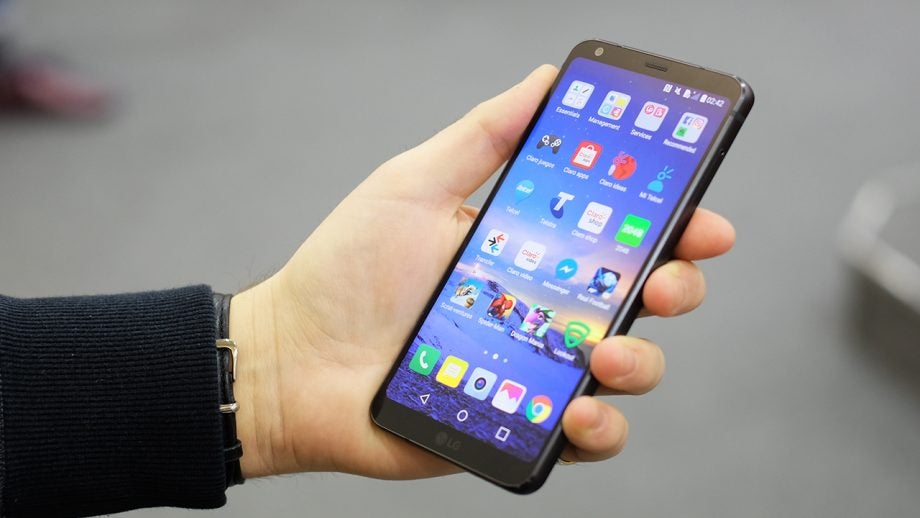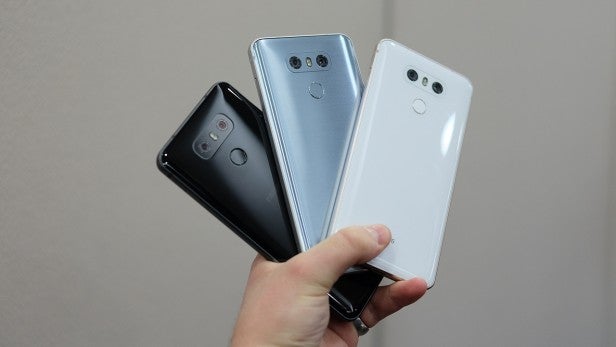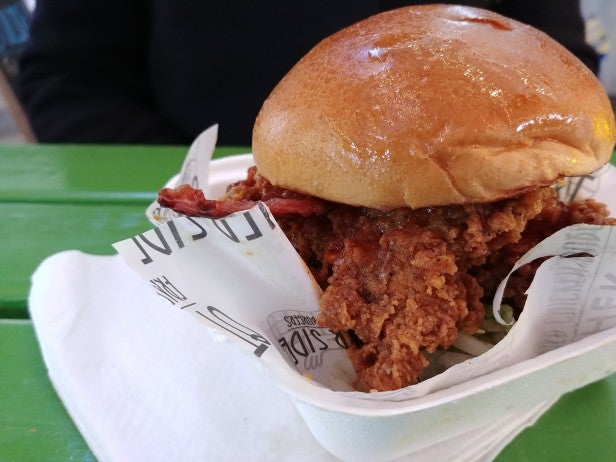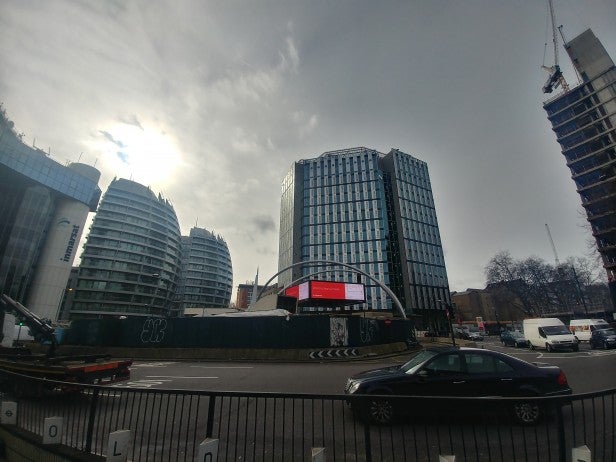LG G6 Review - Camera Review
Camera
The dual camera gets close to the Pixel's prowess

Sections
- Page 1 LG G6 Review
- Page 2 Software and performance Review
- Page 3 Camera Review
- Page 4 Battery and verdict Review
LG G6 – Camera
The cameras haven’t seen a huge improvement in the G6 over its predecessor, but there have been a few tweaks to the already impressive setup.
Just like the G5, the G6 has two sensors sitting next to each on the rear of the device. One is your typical camera with 13 megapixels, optical image stabilisation (OIS), f/1.8 aperture; the other has a much wider field of view.

The latter offers that GoPro-like wide-angle shot that looks great. LG told me that it has found that almost 50% of people tend to use just the wide-angle camera, so it’s bumped that from an 8-megapixel sensor to a 13-megapixel version.
It lacks OIS, though, and has a much narrower f/2.4 aperture, so low-light snaps won’t be quite as good. It doesn’t have auto-focus, either – but since that focal point is so wide, it doesn’t really make a difference.
LG has worked with Qualcomm to pluck some of the dual-camera smarts from the 835 CPU to implement them here in the 821. This results in a much smoother process when switching sensors, giving the feel of a single camera. It works, too, although there remains a noticeable change in colour temperature when you switch.
Overall, I’m quite impressed with the LG G6’s cameras, but there are a couple of issues. While picture detail is decent, on occasion colours can look a bit drab and the dynamic range just isn’t on a par with other high-end Android phones. Pictures often lack depth – but then this can be seen with almost all smartphones when you’re coming from the Pixel.

There’s plenty of detail

Colours can look a bit drab

Well-lit shots look great

The wide-angle sensor is much better than on previous models

This is a colourful, low-light shot with barely any noise
The OG Pixel remains ahead of the G6, not only in terms of picture quality but with regards to ease of use, too. Opening up the camera isn’t as fast as it should be, and there’s noticeable lag between double-tapping the volume to open the camera and it actually accepting the command.
The wide f/1.7 aperture does help significantly in low-light, even though the pixels themselves are no bigger than they were on the G5. Details are still kept in dark conditions, and noise is kept to a minimum. Again, it isn’t on the level of the Pixel, but it can comfortably match the Huawei P10 Plus and iPhone 7 – and that puts it right at the top of its game.
There’s a fairly standard 5-megapixel camera for selfies – and, of course, 4K video recording is supported as well.
How we test phones
We test every mobile phone we review thoroughly. We use industry standard tests to compare features properly and we use the phone as our main device over the review period. We’ll always tell you what we find and we never, ever, accept money to review a product.


